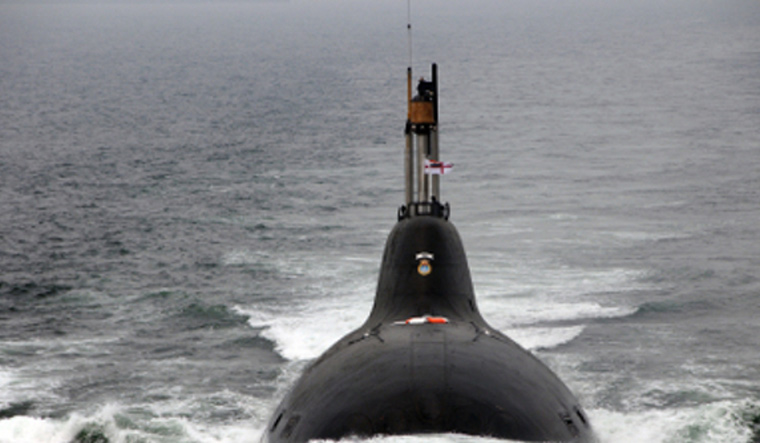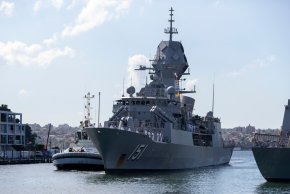I was afraid to read that, after being unable to find any new money in the budget to indicate upgrading the ASC site in Adelaide to a nuclear engineering standard necessary to build SSNs would begin before 2025. This suggests the government is walking away from local sub building.
In my view this is regrettable in so many ways, and misunderstands the whole nature of the Sea 1000 project. Local manufacturing of submarines was never about creating jobs or minimising cost. It is about creating the local capability to build and sustain RAN submarines in operation. Without local construction we will not build up the local industry that can supply all the parts so that local maintenance is reliable.
The local industry we have built up through building and sustaining the Collins Class will eventually wither and die as well. How will we maintain operational submarines after that? Submarines wear out with operational use, and need critical components like pumps regularly replaced.
Nuclear submarines are complex. No nation operates them without also building them. Of course the nuclear reactors would need to be built elsewhere, but with the modular construction techniques pioneered by EB on the Virginia Class and also used on the Astute Class, ASC construction of the rest of an Australian nuclear submarine is entirely feasible in my view.
I admit to personal bias on this because I am an Adelaide engineer, not a navy person. I know some engineers who have worked on ASC projects, and this would be an immensely disappointing decision if true, with some people feeling they have wasted years of their lives as a result.
If this gives the RAN a better naval capability sooner I could accept it, but I find that hard to believe. I had thought both the US and UK submarine construction shipyards were fully booked for years, and struggling to meet their own navys' delivery targets. Who will delay their own sub build program to build them for us?
A better compromise in my view would to build the first one or two Australian SSNs 100% offshore (in USA or UK) then build following SSNs in Australia with a gradually increasing local content. That would ensure any naval capability gap was minimised, but local support capability was built over time.
Incidentally both the RN and USN have backlogs on their own SSN and SSBN maintenance exceeding a year. There is no getting around the need for Australia to be able to fully support whatever we buy or build locally.
The SSN fleet is meeting its operational obligations overseas, but there's not enough bandwidth for at-sea time to develop future tactics.

www.defensenews.com




